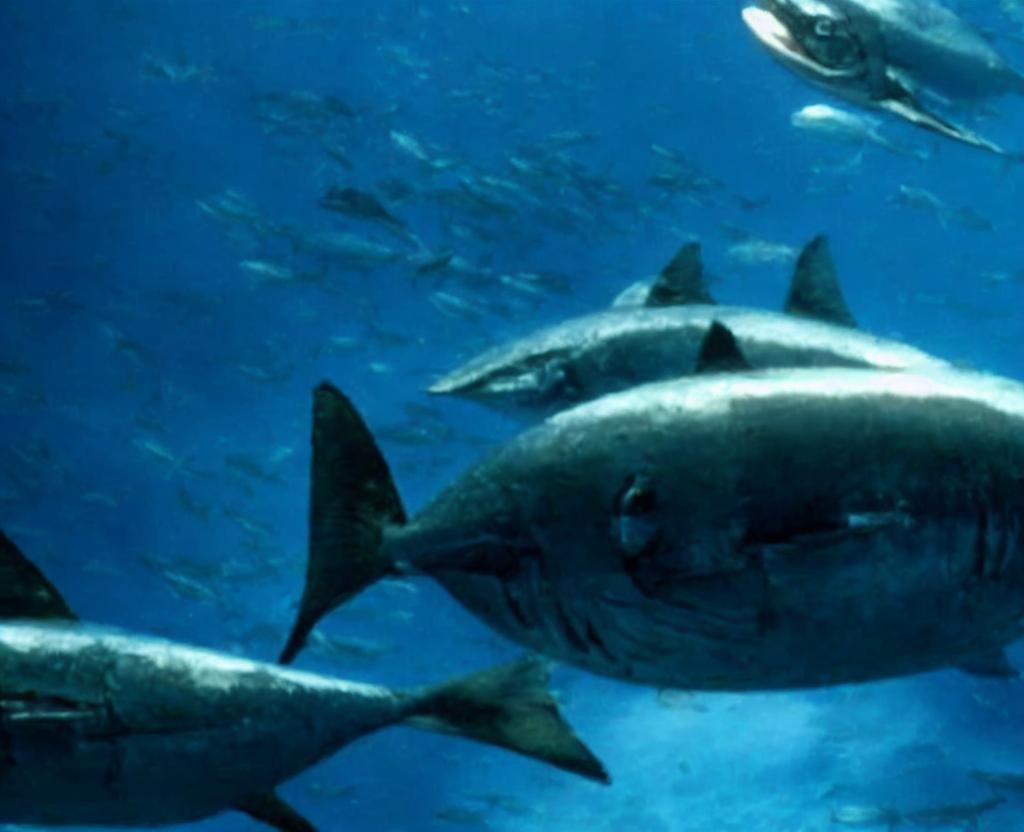
On May 2, World Tuna Day is an annual event that takes place on May 2. The day emphasizes the importance of sustaining fish stocks. With proper oversight, it's likely that the world has measures in place to prevent tuna stocks from crashing.
More than 96 countries are involved in the conservation and management of tuna, which has a annual value of nearly ten billion dollars. Every year, about 7 million tons of tuna and tuna-like animals are imported.
The species has been nearly extinct in areas of the world, over-fishing of some tuna species, such as the southern bluefin tuna, has caused the species to near-extinction.
Chop, light meat in water is the most common canned tuna. Light meat (in water and oil) accounts for 75% to 80% of annual canned tuna intake. The remainder, on the other hand, is albacore, or white meat..
There are more than two dozen tuna varieties, and they come in a variety of sizes, and they are all different in size. Blackfin Tuna can be up to 3.5 feet long. Albacore tuna, 4.5 feet long, is a 4.5-foot tuna. Tuna can reach up to 15 ft. The weighed specimen of tuna was 21 feet long and weighed 1600 pounds. Tunas are swift swimmers despite their large size. They can travel between 44 and 62 miles per hour. They can travel at a speed between 44 and 62 mph.
Tuna are unusual among fishes in their ability to maintain their bodies' temperature above that of the surrounding water, often between 5 and 12 °F) above average water temperature, often between 5 and 21.7 °F) above average water temperature.
The tuna, like many fish, is their body color, and provides excellent camouflage in the water. When seen from below, a tuna's body blends with the ocean floor, while the tuna's belly is silver-white and blends with the ocean floor, as seen from below.
- Tuna in all forms represents more than half of the total fish and seafood market in the United States and more than half of the finfish market.
- After shrimp, Canned tuna is the second most popular seafood product in the United States after shrimp
- About 1 billion pounds of canned and pouched tuna a year in the United States. Only coffee and sugar outnumber canned tuna in terms of shelf space in the grocery store, with only coffee and sugar exceeding canned tuna in terms of sales per foot of shelf space
- Americans consumed 2.7 pounds of canned tuna per capita in 2007
- Unopened canned tuna has a four-year shelf life if the product has been stored under normal conditions and is not damaged. Pouched tuna has a three-year shelf life
- Tuna is a carnivore. It feeds on various species of fish (mackerel, herring, hake...), squids, and crustaceans
How to observe
#worldtunaday is a trending topic on social media. #worldtunaday is a trending topic on social media. #worldtunaday is a trending topic on social media.
Prepare a dish with tuna.
Tuna can be added to a heart-healthy diet in a variety of ways. For a classic salad Niçoise, try tuna with tomatoes, salad greens, cooked green beans, and boiled sliced potatoes. ectable tuna bisque, you can turn a can into a pot of corn chowder. With tomatoes, celery, canned kidney beans, and black olives, you can even make a delectable cold pasta salad with tomatoes, celery, canned kidney beans, and black olives.
Making a tuna salad is one of the most popular ways to can tuna.
Although delectable, most recipes' ingredients undermine many of the fish's nutritional benefits.. To reduce the fat content in your tuna salad, either replace the mayonnaise with a reduced-fat mayo or, mix 30 percent mayonnaise with 70% plain yogurt for a refreshing, slightly tart taste.
If you add tuna to your diet, you could get 5 grams of protein per ounce.
Tuna has been found to be high in two specific omega-3 fatty acids, which include omega-3 fatty acids.
Omega-3 EPA (a fatty acid that reduces cell proliferation) is a fatty acid that reduces cellular inflammation) (a fatty acid that reduces cellular inflammation) (a fatty acid that reduces cellular inflammation)
Omega-3 DHA (a fatty acid that supports eye and brain health) is a fatty acid that promotes eye and brain health. (A fatty acid that promotes eye and brain health)
Tuna's omega-3 fatty acids are known to improve heart health. These key fattys can help reduce triglycerides in the blood, reduce the risk of arrhythmia (irregular heartbeats), and reduce plaque buildup in the arteries.
History
To celebrate the wonders of tuna, industry groups observed May 2, 2011, as World Tuna Day, a special day for all those involved in tuna fishing, tuna conservation, and management.
The United Nations officially scheduled May 2nd, 2017 as World Tuna Day, to place more emphasis on protecting the world's tuna population.





